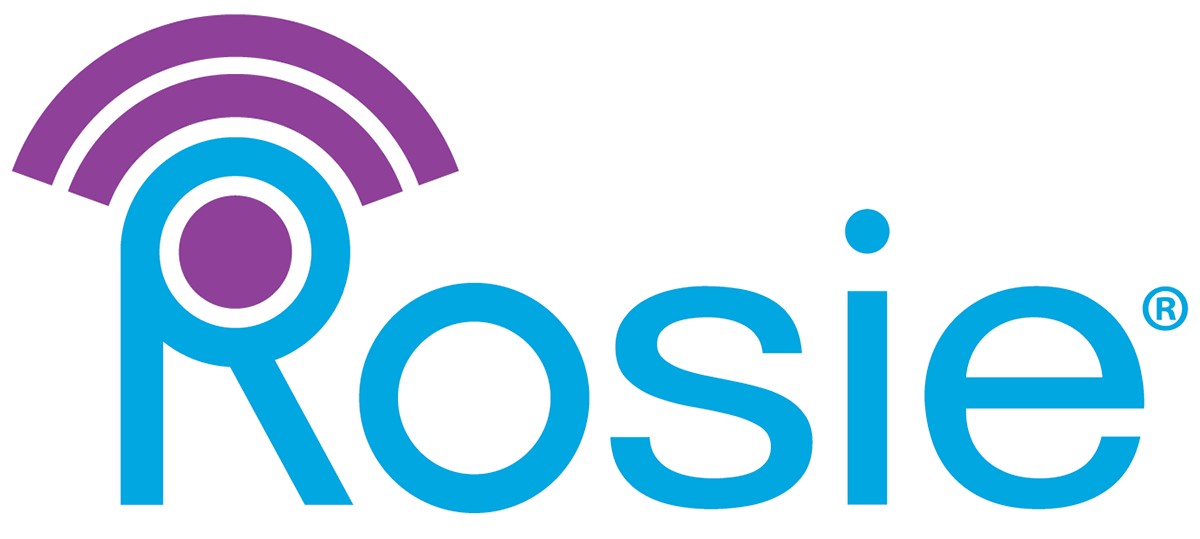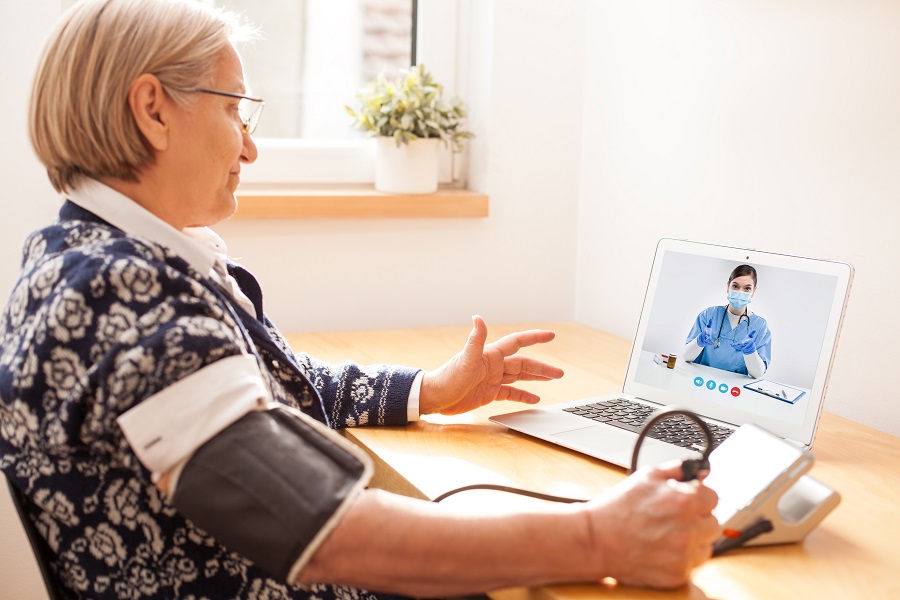How Remote Patient Care is Transforming Our Healthcare System
During the crisis years of the pandemic, consumers changed the way they interacted with the healthcare system. Patients accepted or even demanded remote care options, fearing contagion in hospitals and medical offices.
The changed behaviors of those years have made a lasting impact on the entire medical industry, causing patients to more readily adopt remote care solutions and caregivers and consumers to accept the effectiveness of remote patient monitoring.
The percentage of consumers using virtual visits increased from 15% in 2019 to 28% in April 2020 in response to the pandemic, and 80% of patients who had a remote doctor visit would repeat the experience.
Among seniors, the numbers are even more striking. According to the U.S. Health and Human Services department, Medicare telehealth visits increased 63-fold from 840,000 in 2019 to 52.7 million in 2020.
What Is Remote Patient Monitoring?
Remote patient monitoring (RPM) is the practice of using technology to monitor patient health outside of a traditional clinical setting. Clinicians use RPM to monitor chronic conditions such as diabetes, hypertension, congestive heart failure, chronic obstructive pulmonary disease, and asthma.
RPM systems transfer vital statistics from a patient to a caregiver and subsequently into the patient’s electronic health record (EHR). Clinicians can use RPM anywhere to monitor patient vitals – in the patient’s home, assisted living facilities, or long-term care (LTC) facilities.
Patient Benefits of Remote Patient Monitoring
The benefits of remote patient monitoring systems to patients are undeniable. A recent study found a mortality rate of 26% for patients with COVID-19 without in-home pulse-oximetry monitoring. The rate plummeted to 6% with in-home monitoring. The study further projected that remote monitoring could result in 87% fewer hospitalizations, 77% fewer deaths, and substantially reduce costs.
Most RPM protocols include patient data collection. Instead of time-consuming data entry by a medical practitioner, a patient’s vitals automatically become part of the patient’s EHR. With already-stretched medical staffing, removing the burden of recording vitals saves time that doctors and nurses can use for patient interaction and ensures accuracy.
Continuous monitoring gives caregivers greater insight into a patient’s condition, enabling more granular supervision. RPM also keeps patients more aware. Some of the improved health outcomes attributed to RPM are due to patient education. When patients are more aware of their vital statistics and connected with resources, they can better manage their condition.
Another benefit of remote care is that telehealth visits reduce the burden on patients to travel to a doctor’s office. The convenience of virtual care is especially important for home-bound patients, but it benefits all patients by decreasing costs for travel, parking, childcare, and lost work time.
How Do Medical Practices Benefit?
RPM benefits doctors and the overall healthcare system. Communication between providers and patients improves, and the clinical insights enable caregivers to provide proactive care between office or telehealth visits.
When a provider sees a patient’s vitals change over time, it is easier to adjust care accordingly. With RPM, clinicians can prioritize care delivery based on real-time patient data. Medicare reimbursement is available for RPM, offering a profitable care management program for medical practices.
For a medical practice, RPM and virtual visits reduce the time and costs of office visits, including clinician time and administrative costs. This increased efficiency is significant because staffing shortages in the healthcare field are growing. Citing the aging population, the Association of American Medical Colleges expects a growing shortfall that will total at least 46,900 physicians by 2032. Using RPM improves caregiver efficiency by reducing in-office visits and decreasing the time to record vitals.
For the overall healthcare system, emergency hospital visits decrease with closer patient data monitoring, reducing unnecessary admissions, shortening stays, and decreasing costs for payers and providers. Cost reduction is especially important for chronic conditions, diabetes, for instance. According to the American Diabetes Association, the cost of diabetes management in 2017 (the latest figures they show) was $327 billion.
Telehealth Applications
Today, telemedicine is transforming healthcare, and Rosie® is offering a range of equipment and devices for telehealth monitoring. Virtual patient care telehealth visits are simple with Rosie© Care Anywhere, whether the patient is at home, in an assisted living facility, or in a long-term care facility. The portability and compact design of Rosie© Care Anywhere make it an ideal system for monitoring vitals remotely, inside a facility, and for home health providers.
Rosie© Care Anywhere is an all-in-one mobile device that features a simple end-user interface a patient or caregiver can easily operate. It is remote patient monitoring equipment with customizable alerts and notifications that flag out-of-range vitals for proactive interventions, preventing unnecessary hospital readmissions.
Long-Term Care Applications
RPM is particularly effective in a long-term care facility. The ability to quickly collect residents’ vitals and report the results immediately to the patient’s EHR reduces emergency room visits and enables the clinician to provide preemptive care.
Rosie© connected equipment and devices such as the Rosie SmartCart® Mobile Nursing Workstation with EHR connectivity locate a touchscreen tablet on a rolling cart within clinician reach. The vitals data automatically records in the patient’s EHR 70% faster than a clinician could enter it manually, and it is error-free.
Frequently Asked Questions
What can RPM monitor?
– Blood pressure
– SpO2 (oxygen saturation)
– Temperature
– Body weight
– Blood glucose
– Respiration
Who needs remote patient monitoring?
What is an example of RPM?
Is remote patient monitoring considered telehealth?
Reclaiming the Patient/Doctor Relationship
The increased efficiency and improved outcomes RMP offers don’t change what consumers want in a trusted clinician relationship. Patients want healthcare providers who care, take time to listen, and don’t rush. Remote care is one way that clinicians save time on mundane tasks and reclaim the time to establish and maintain close patient relationships.
Because of the pandemic, patients and clinicians are more easily adopting virtual patient monitoring. The adjustments were necessary at the time, but now all parties better understand the value RPM brings. For patients, it improves quality of life, and for doctors, it streamlines a medical practice to bring it more in line with the way people today live their lives in this increasingly digital world.
Contact Rosie® today to learn more about how our technology can streamline your practice and improve the quality of care you deliver to your patients.

